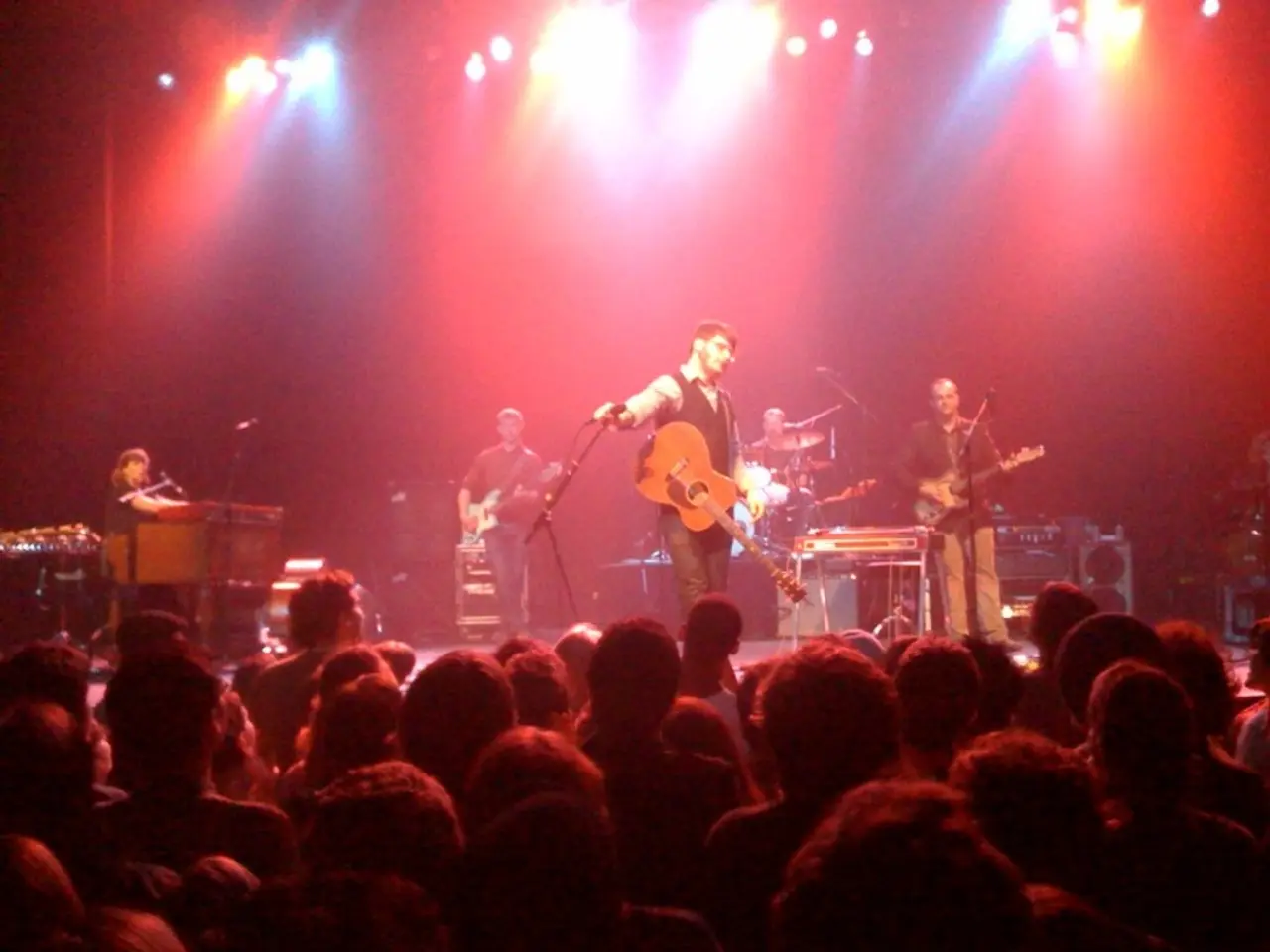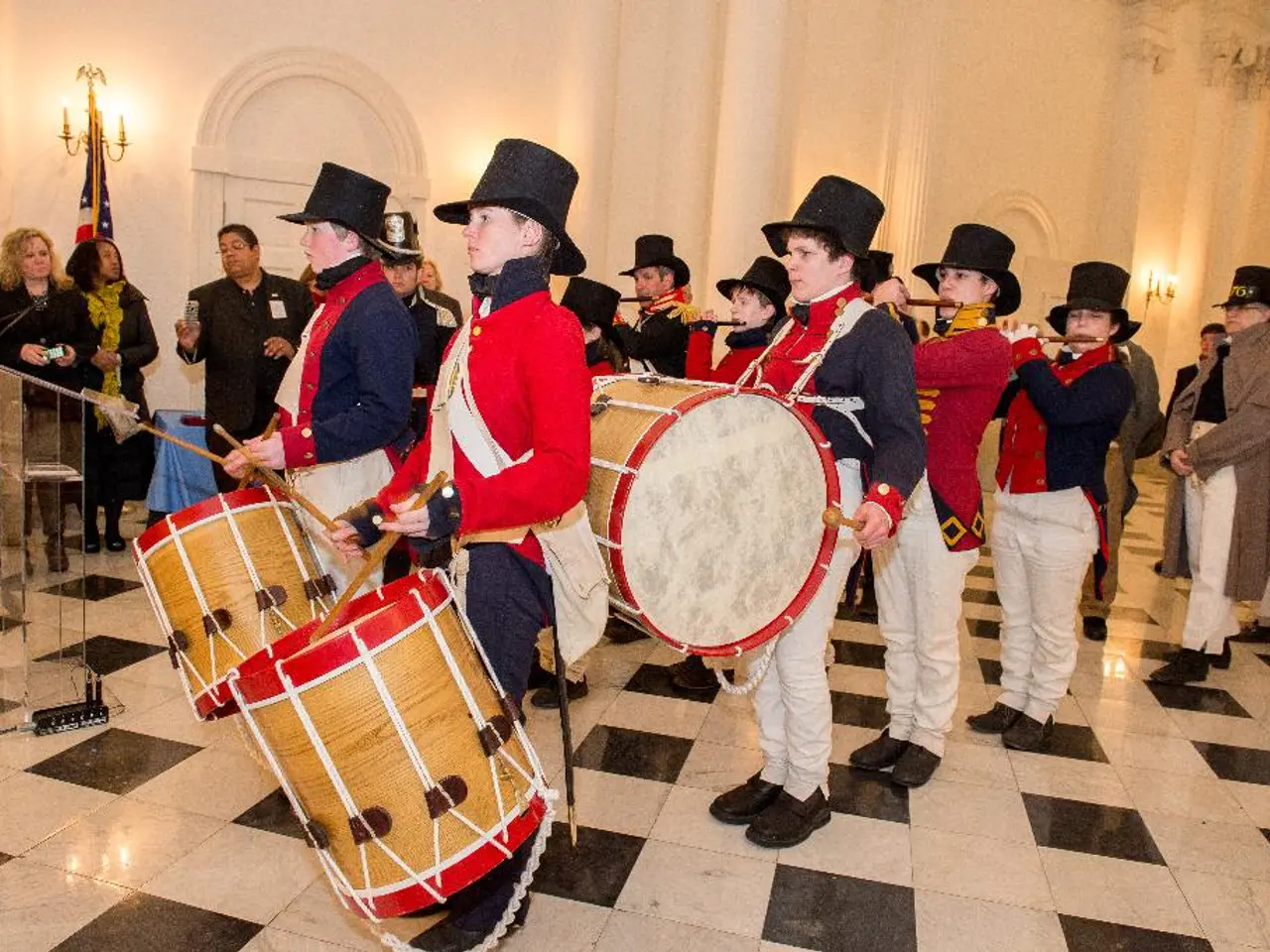Impact of Music on Film and Television Productions
In the early days of cinema, music played a humble role, appearing as short promotional films shown in theaters (1920s-1930s). This foundational stage marked the beginning of connecting music with visual media [1].
The rise of television in the 1950s rapidly changed the music landscape. With TV entering millions of homes, it became a significant outlet for music exposure. Radio adapted by focusing more on music, creating formats like the Top 40. However, payola scandals also highlighted the intense commercial competition for airplay [2].
Rock music broadened in the 1960s with innovations like Phil Spector’s "Wall of Sound" production techniques and electronic sound treatments. Television played a crucial role in popularizing these evolving music styles [3].
A pivotal moment came in the 1980s with the launch of MTV in 1981. This dedicated 24-hour music video channel revolutionized music marketing. The first video played was "Video Killed the Radio Star" by the Buggles. MTV popularized the music video format, turning videos into high-budget mini-movies that enhanced artists' visibility and shaped pop culture. Michael Jackson’s "Thriller" (1982) was especially influential, demonstrating the power of music videos to captivate audiences and propel careers [1][4].
Since the 1980s, music videos have evolved into sophisticated visual narratives closely tied to film and TV aesthetics. Television and film have increasingly integrated music not only as background scores but as key narrative elements and marketing tools, expanding from promotional clips to artistic expressions crucial in storytelling.
Music, with its ability to manipulate tempo, dynamics, instrumentation, and harmonic structure, guides audience attention and shapes emotional responses. It can heighten dramatic tension, reinforce character dynamics, or underscore thematic elements in narrative. A memorable musical theme or soundtrack can become synonymous with a beloved character or franchise, evoking strong feelings of nostalgia and loyalty among fans.
Music plays an integral part in the audience's relationship with film and television, contributing to their overall enjoyment and investment in the stories being told. It can significantly affect audience perception and engagement, influencing broader cultural phenomena such as fan communities, merchandise sales, or social movements inspired by iconic musical moments in popular media.
In summary, the relationship among TV, film, and music videos continues to grow more intertwined and innovative. From simple promotional shorts to complex audiovisual productions, the evolution of music in film and television has shaped both industries and popular music itself, serving as a powerful tool in storytelling and audience engagement.
References: [1] Thompson, D. (2006). The Sound of Music: Seven Decades of Film and Popular Music. Oxford University Press. [2] Gomery, D. (2005). A History of Film: At the Movies. McGraw-Hill. [3] Frith, S. (2007). Performing Rites: On the Value of Popular Music. Harvard University Press. [4] Caulfield, K. (2011). "MTV at 30: A Look Back at the Channel's Groundbreaking First Year". Billboard. Retrieved 2021-06-15.
Television and film have increasingly integrated music as key narrative elements, expanding beyond promotional clips to becoming integral parts of storytelling. This evolution of music in various media forms has significantly affected audience perception and engagement, making music a crucial ingredient in the success of film and television.







